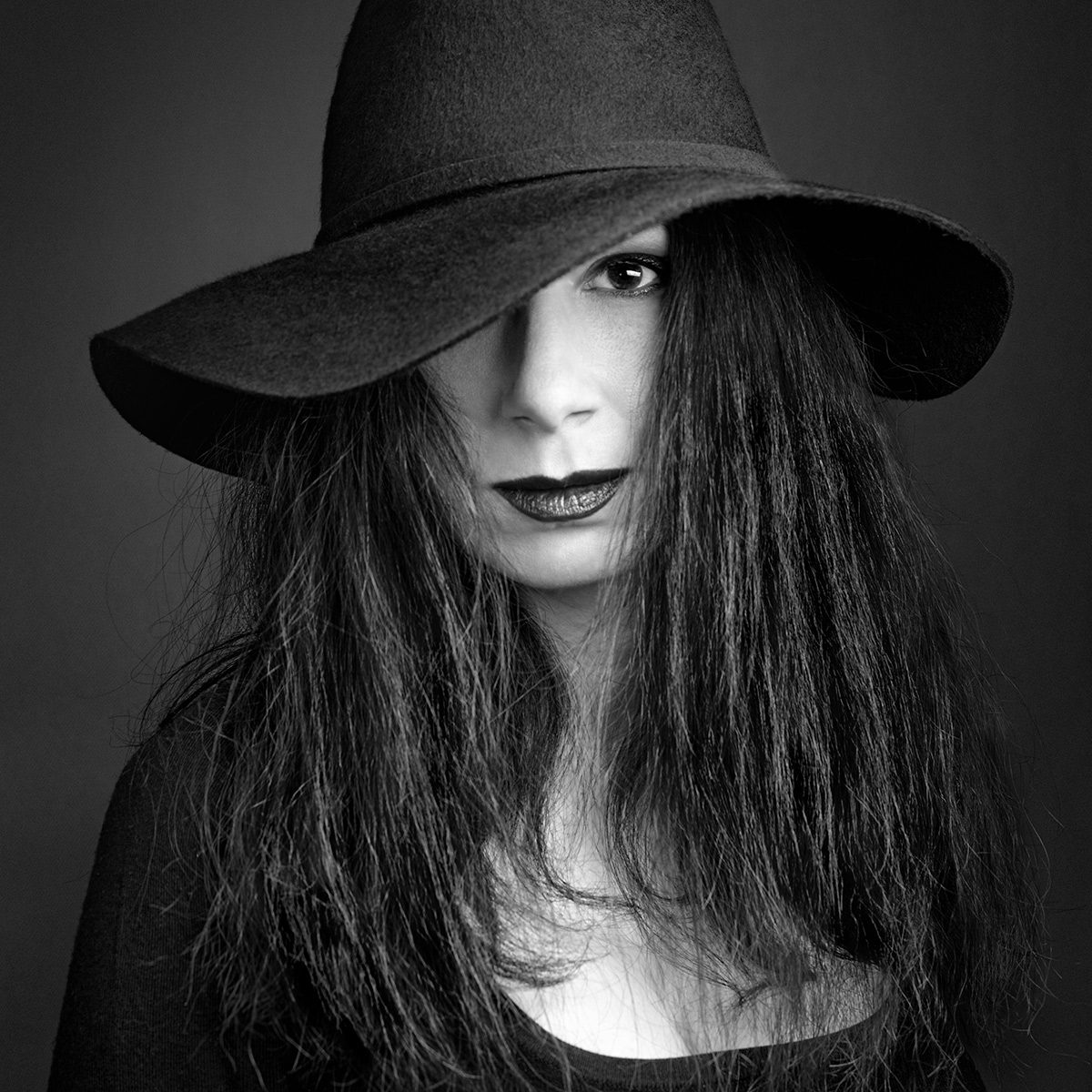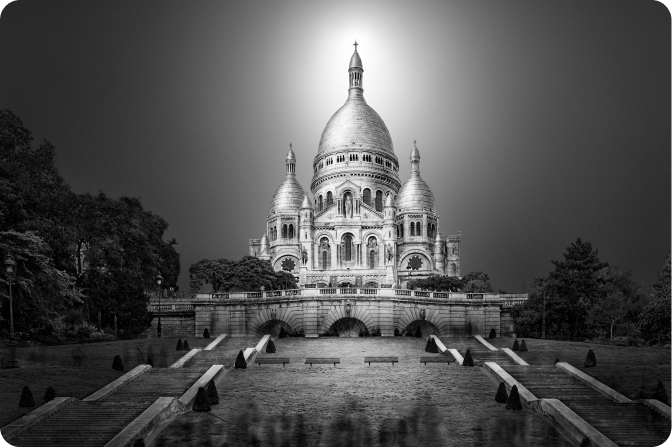How Julia Anna Gospodarou uses DxO ViewPoint 5 to shape her fine art photography
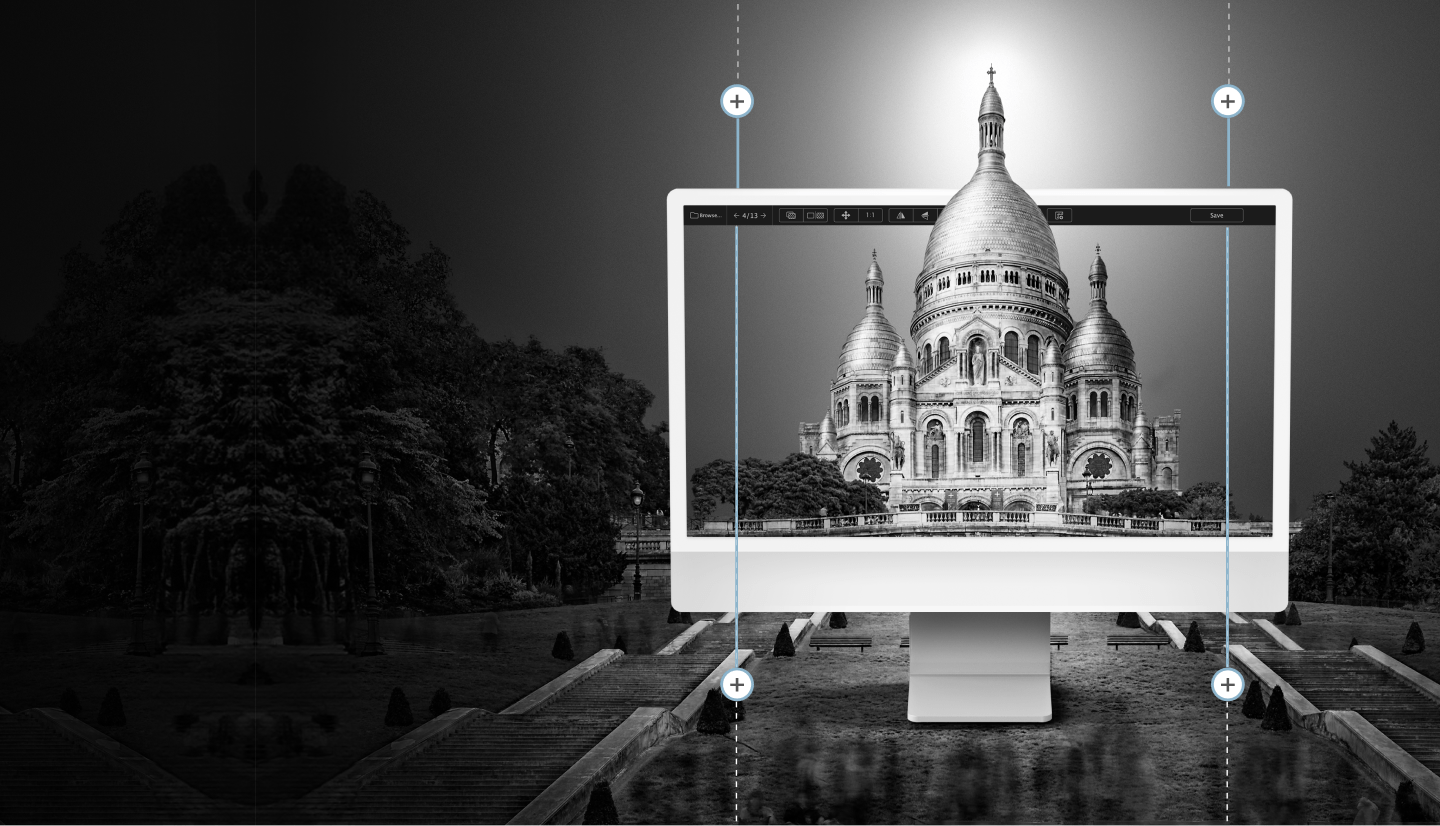
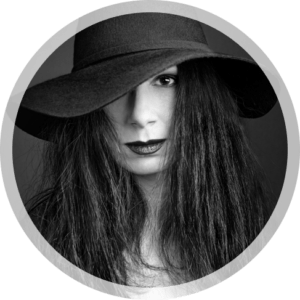
Julia Anna
Gospodarou
Professional
fine-art photographer
Julia Anna Gospodarou is an award-winning fine art photographer, educator, and architectural artist known for her striking black-and-white images and her concept of (en)Visionography. For Julia, true photographic expression goes far beyond what the camera sees — it’s about translating emotion, vision, and symbolic meaning into every detail of her work.
In this interview, she shares how DxO ViewPoint5 has become a critical part of her creative process, helping her refine perspective, correct subtle distortions, and achieve the precise geometry that her powerful architectural compositions demand.
If you’re curious how a master of fine art photography blends vision with technical control, read on for Julia’s insights, stories, and practical advice for photographers looking to elevate their own craft.
Tell us about your path in photography. What has inspired you to work in the style you do now?
I am a professional fine art photographer working primarily in black and white and teaching photography in workshops and courses around the world.
I am mostly known as a fine art architectural and landscape photographer, architecture being my main genre, but I always like to experiment with different other genres as it helps me discover new things and gives me inspiration.
Photography was always a way to express myself, and it was always close to my heart. I’ve always liked to observe the world and ask questions about it, and photography was a way to find answers to those questions.
Probably the most important influence in my photography is my experience as an architect. My passion for civilizations and my desire to learn as much as possible about the world also influence my photography.
I have a passion for art that goes back to my childhood, and this is ultimately what I aim to do with my photography. I don’t intend to show the world the way it is, but to present my reaction to the world through my art.
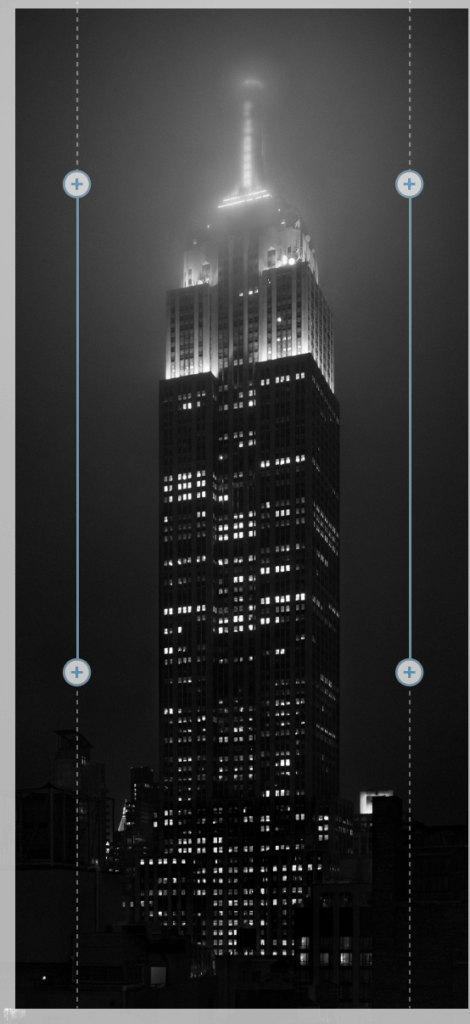
FINE ART
What’s important to you in the way you make your images? What are you trying to communicate?
For me, it is crucial that I express what I think and feel — not only about the subject I photograph, but also about what that subject triggers in my mind and soul. This is why I don’t see my subjects as mere objects but as ideas. I’m interested in how a subject makes me feel, and that is even more important than what the subject is or how it is seen.
I believe art helps us see the world differently. In photography, that happens when we can see the subject as a departure point for our mind to wander further. I want photography to make me dream and travel with my mind, and I want to communicate that to those who look at my images, too.
My motto in photography is “Create more than photography”. This means going deeper into the meaning of the photographs we create. This lies at the base of what I call (en)Visionography — the concept that defines my photography.

“The most important thing is to express what I think and feel — not just what I see.”
What is the importance of image editing in your photography? How does it shape your portfolio and give your photos their distinctive feel?
I believe in artistic vision, and I think that fine art photography could never exist without it. In fine art photography, a subject is not only what we see in front of us. It can be anything we imagine. And to achieve that, you need to be proficient in editing their images. Editing is fundamental in my photography. I have worked with hundreds of students over the years and seen how transformative learning how to edit their images was for their photography.
Showing the reality of a subject is important in documentary photography, but in fine art photography, that is not enough. You not only need to see something else in the subject you photograph and go further with your imagination, but you must also be able to recreate your vision in your image, which is something the camera alone can rarely achieve.
So my belief is that vision is the most important thing in photography, more than the subject or anything else. The second most important is knowing how to edit an image so it truly reflects that vision.
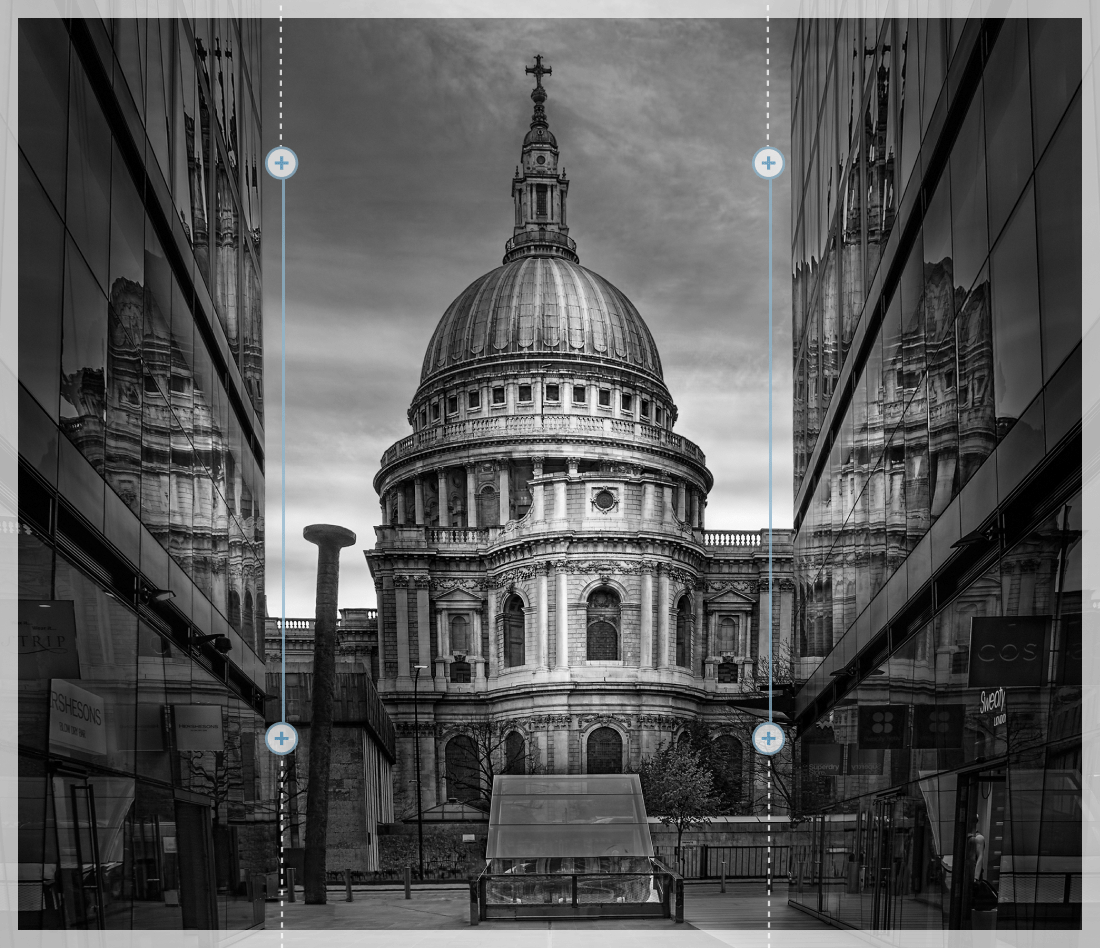
How does DxO ViewPoint5 help you in achieving that artistic vision and enhance the storytelling aspect of your photographs?
DxO ViewPoint 5 is a fundamental tool in my photography. I use it in 99% of my photographs, regardless of genre.
It helps me enhance the results I get with my camera, especially in situations where it is not possible to take the photograph without geometric deformation. We strive to get the best result we can in the camera, but sometimes the circumstances don’t allow us to, even if we have the best equipment.
One of the situations I encounter quite frequently is that the composition I want to create is only possible from a certain angle or when tilting the camera, which means I end up with geometrical deformations. If I didn’t have DxO ViewPoint to correct that deformation, I wouldn’t even be able to take those photographs. And even if other pieces of software have tools that help you, none of them is so advanced in correcting geometry. I’ve used DxO ViewPoint for more than a decade, and all my students know that it is one of the first pieces of software I recommend.
How do you integrate DxO ViewPoint5 into your photography workflow? Do you use it for every project or only specific types of work?

I mostly use DxO ViewPoint5 in the first stages of working on my image when I need to correct, for instance, tilted verticals or deformation that wide-angle lenses may introduce to photographs. Generally, I use it as a plugin before cropping my images when I am tweaking my composition.
Most of the time, I use ViewPoint in my architectural images to correct the verticals or horizontals, but I also use it in any other kind of image that needs correction, for instance, landscape or urban photography.
Even when the deformation is subtle, it is still useful, maybe even more so when the deformation is subtle, because subtle deformation is challenging to correct with other tools.
Which tools or features do you use most?
And why?
The tool I use most is the Perspective correction, which allows me to straighten the verticals or horizontals that are not parallel. I start by using the Auto feature, and many times that is enough. In more difficult cases, I use the vertical or horizontal grids to tweak the structure of the image. In really difficult cases, I’m using the multiple-point grid tool, which is the most advanced.
Another feature I am using is the Volume Deformation tool. Many times, it is needed to tweak the proportions of the subject after correcting geometry, and this tool helps with that.
I also like ReShape, a valuable tool when combined with Perspective corrections to correct other types of deformation, or to enhance a certain shape that we want to change.
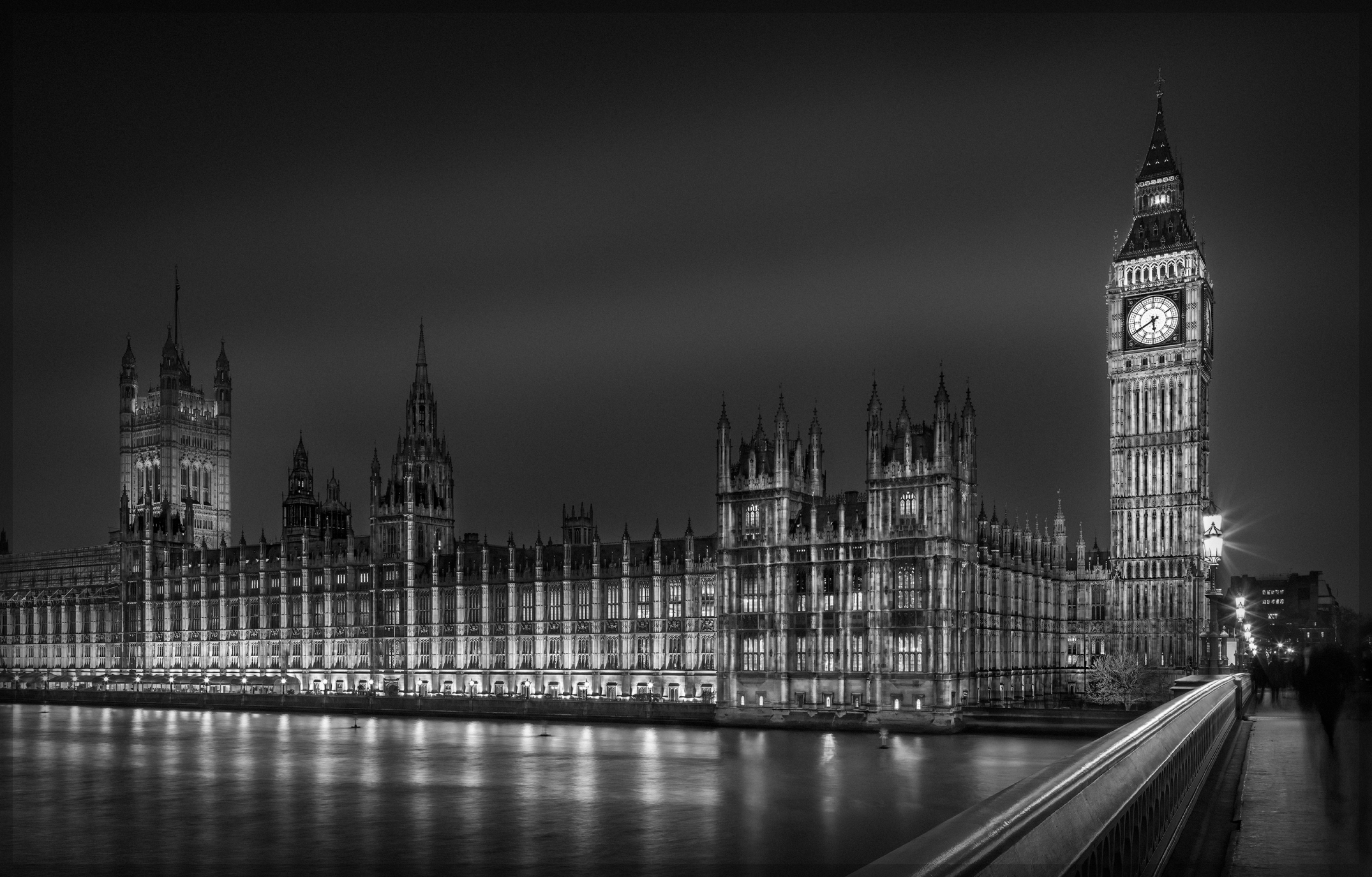
“I’ve used DxO ViewPoint for more than a decade. It’s a fundamental tool in my photography.”
What makes DxO ViewPoint5 unique?
What makes DxO ViewPoint5 so powerful is that you have a plethora of tools hosted in the same application, so you can use any of those without needing to use other plugins or complex tools in Lightroom or Photoshop. This way, you can speed up your workflow substantially. Plus, you can do with ViewPoint things that you cannot do with any other software, like advanced deformation correction that is based not only on what the software thinks you may need but on the advanced study that DxO has done on thousands of cameras and lenses, so the corrections are adapted to the combination of camera and lens you use every time.
Having access to this advanced knowledge of cameras and lenses is the most innovative feature of ViewPoint and something that no other software has. One can see this in every kind of geometric correction you can achieve with DxO ViewPoint5 — lens distortion, volume deformation, perspective correction, straightening the horizon, or reshaping the objects in your photographs.

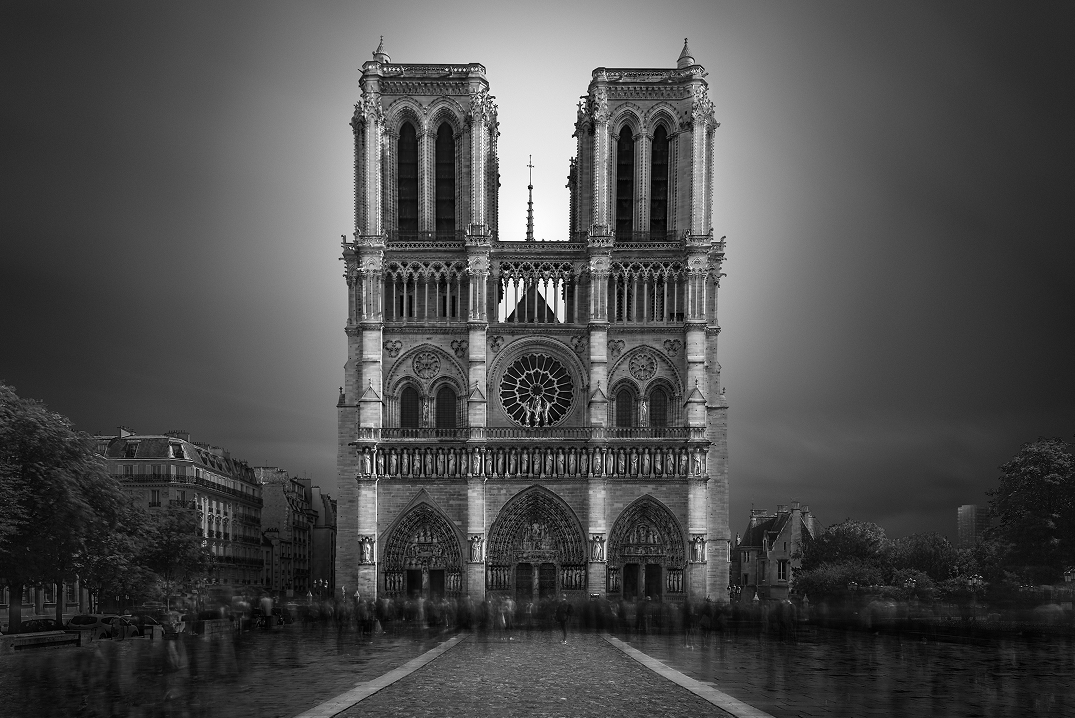
How has using DxO ViewPoint5 influenced your technical skills in photo editing? Have you discovered new techniques or workflows as a result?
Not only does DxO ViewPoint5 let me correct the geometry in my images, but it also helps me enhance different features of the geometry of the objects I capture. In some cases, it also allows me to exaggerate the deformation when that exaggeration expresses my vision better. For instance, sometimes I photograph architecture looking up, aiming to create a convergence of lines that adds an abstract feel to my images. I use my camera to create that effect, but sometimes I need to emphasize the convergence. Then I use DxO ViewPoint5 to exaggerate the deformation instead of correcting it, meaning that I am using the software as an artistic tool.
Advice for photographers: If you could give a tip to your younger self about image editing and photography what would it be?
The most important advice I would give to anybody — especially in fine art photography — is to use photography to express yourself, not only to show how the world is, and remember that photography in the modern age means not only using your camera but learning how to process your images. The difference between a good photograph and a great photograph is your vision and your processing tools. The camera can only do so much without your editing software and your imagination. Never forget that! This is why I’m talking about (en)Visionography as being more than photography. Because you can create so much more if you go beyond your camera.


